"I find traditional landscapes boring," admits landscape photographer Kim Grant
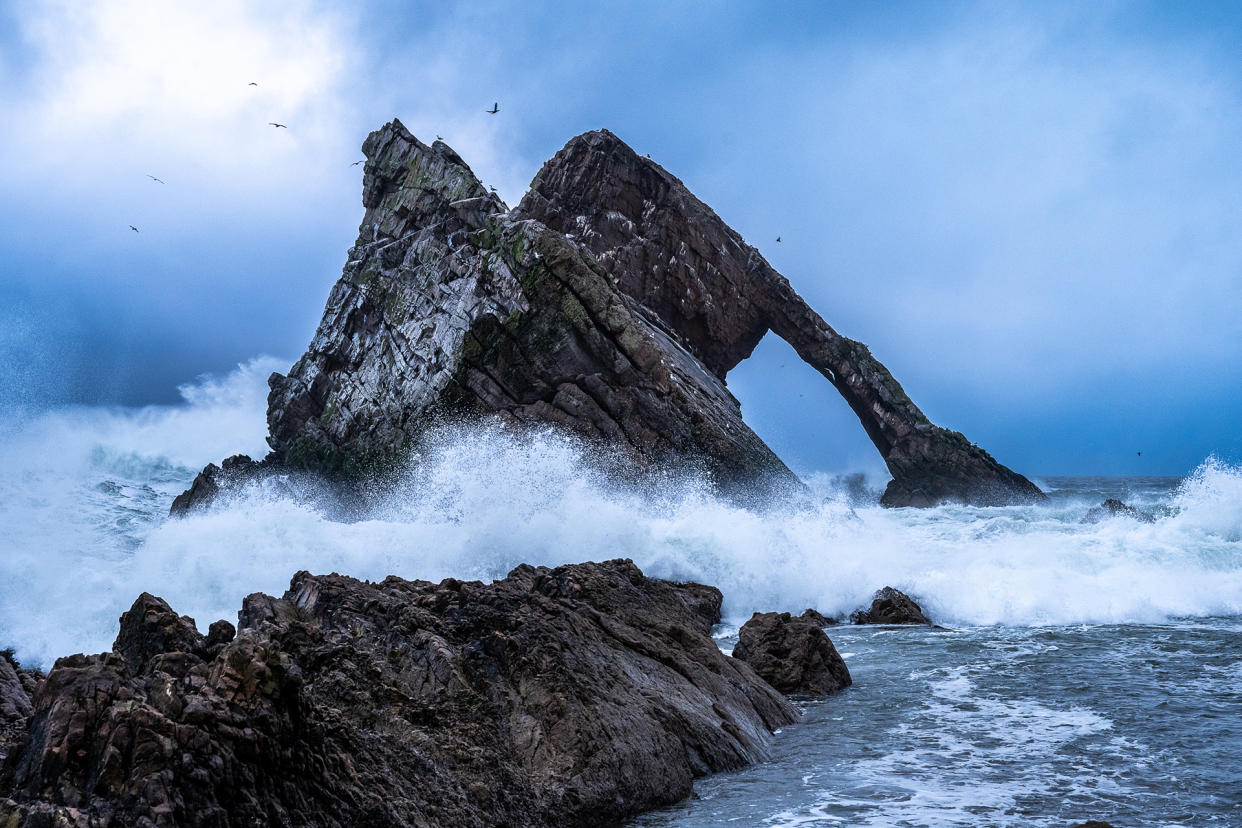
Kim Grant is one of the featured speakers at The Photography & Video Show, taking place March 16-19 at the NEC in Birmingham England.
For Kim Grant, there’s no place like home. The nurse turned landscape photographer lives in a seaside village on the scenic Moray coast in northeast Scotland. There is a calming assurance in her voice that is both clear and rhythmical, a reflection, I think, of life’s gentle pace in her home surroundings: she looks and sounds relaxed.
“Have you been out this morning?” I ask when we both get our video link up and running. “For a walk, yes, but not with the camera,” she replies. Except for five years in Aberdeenshire, Kim has lived all her life in Moray and recently returned to her home village of Burghead.
Her affection for the place runs deep: “It’s a wonderful place to live and to do photography because you’ve got it all here, the seaside and woodlands, farmland and rivers. You’ve got everything really, apart from mountains, but I’m not really into mountain photography.”
And yet, this summer Kim surprised thousands of followers on her YouTube channel by announcing that she had fallen out of love with traditional landscape photography. More than that, she added: “If I’m completely honest, I find it boring now.”
However, she continues to see herself as a landscape photographer; the difference is that Kim’s new work is more intricate, less obvious, and triggered by an emotional connection to her subject rather than a snap response to a spectacular view. But to fall out of love with traditional landscape photography means she must have been in love to begin with, so I start by asking her the obvious question…
What was it that made you fall in love with landscape photography in the first place?
When I was a teenager, I used to go down to the beach a lot here and watch the sunset and, one day, I was seeing the beauty of it and I thought I’d love to do more with this. That’s what enticed me to buy my first camera and so I began by just photographing sunsets on the local beach. That’s what made me fall in love with landscape photography, and then I would travel a fair bit round Scotland trying to shoot iconic places, but it never did it for me.
Why is that? Why did you have a change of heart over landscapes?
It’s taken me a number of years to find my voice as a photographer and try all of these traditional things and go to all the places that we’re told are good for landscapes, but there was always something missing for me. Now that I’m going into the more intricate, detailed, abstract and macro stuff, I’m finding that it speaks far more deeply to me.
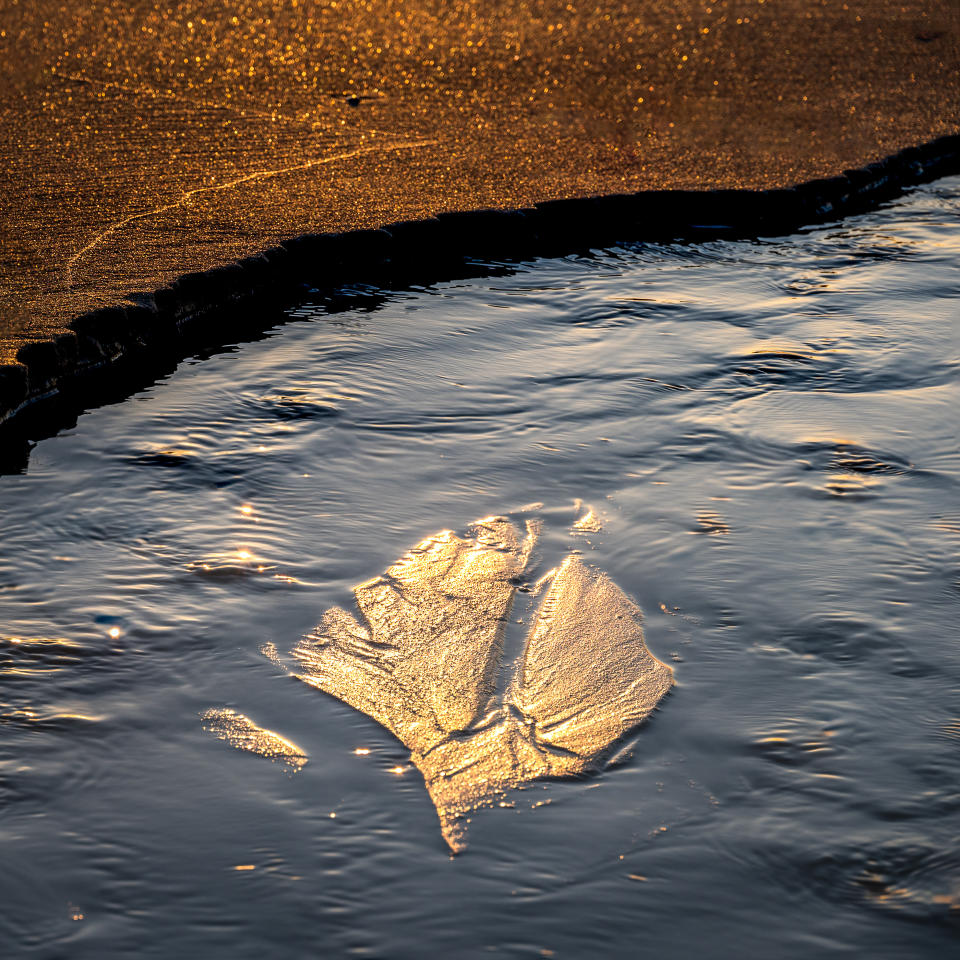
One of the drawbacks of traditional landscapes is that people try to emulate images that inspired them in the first place. Do you agree?
Yeah, and I felt that you were always chasing stuff: you were chasing the images, chasing the locations, chasing the light. For me, photography is an immersive experience and it was about those emotional connections to the sunsets. I was sitting and watching the sunset for a good hour or so and not running around frantically like people do in traditional landscape photography, when you get that window of incredible light and try so hard to photograph it. It’s been done so much as well; we’ve seen the same locations, the same pictures, over and over again.
Was your first camera a Nikon?
My first ever camera was a tiny little point-and-shoot thing, I can’t remember what it was, but the first DSLR I got, when I was 16, was a Nikon. I’ve always used Nikon cameras, I’ve never used any other brand of camera.
With your change of direction, are you also changing the lenses that you use?
Yes, I used to use the 24-70mm type lenses a lot for traditional landscape images, whereas now I’m using my telephoto, my 100-400mm, and I zoom into clouds and aspects of nature, such as leaves, and isolate things within the scene rather than photographing the whole vista. I’m using my macro lens a lot as well to focus in more on the details to highlight what I’m seeing in the landscape.
Which lens do you use the most?
I love my 24-200mm because it’s so versatile and it’s lightweight, so I take that around with me a lot, particularly when I’m shooting handheld with not a lot of other equipment. So, I’m moving away from that wide-angle range and moving more into lenses that let me zoom into nature and get closer.
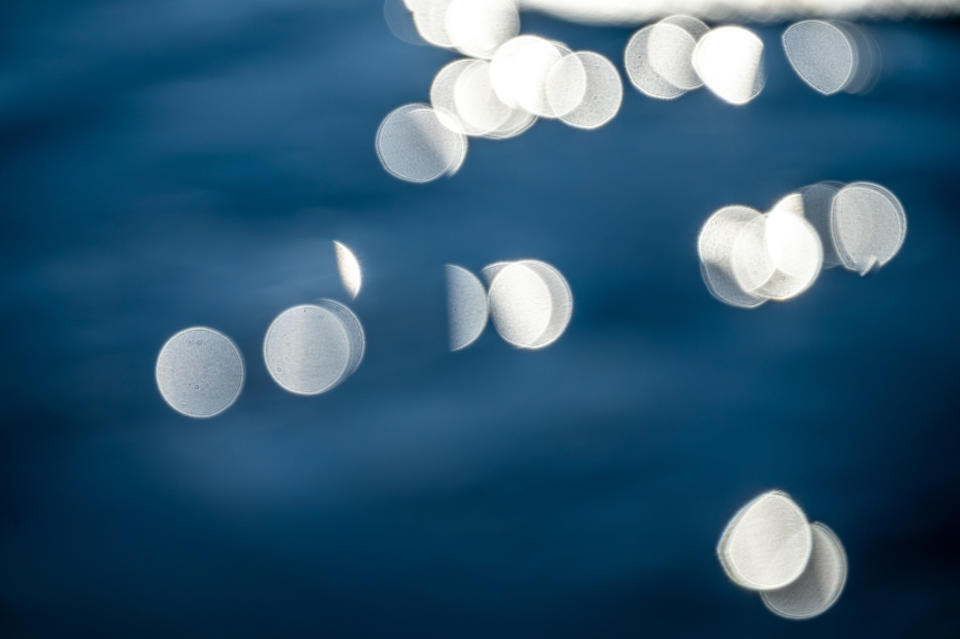
In your YouTube video about shooting abstracts in the landscape, you reveal how this was a spontaneous change with no expectations upon yourself…
Yes. I realize that when we put expectations on ourselves we envisage a certain image or a certain condition and it doesn’t happen, which leads to disappointment. Now, I like to go out and respond to whatever happens. In that example, I have always been drawn to the shimmering light on water on sunny days, and when I was filming that video, the autofocus accidentally ended up going out of focus and all this water had these orbs dotted around.
I thought, ‘Whoa! That looks so interesting.’ Then I wondered if I could make this into a photograph, trying to get a very fast shutter speed to freeze those little dancing orbs and get an interesting composition of them as well, because the light was changing constantly and they were jumping all over the place. So, it wasn’t planned at all, very spontaneous and it was an accidental mistake – just my camera going out of focus. I had never thought to photograph that way.
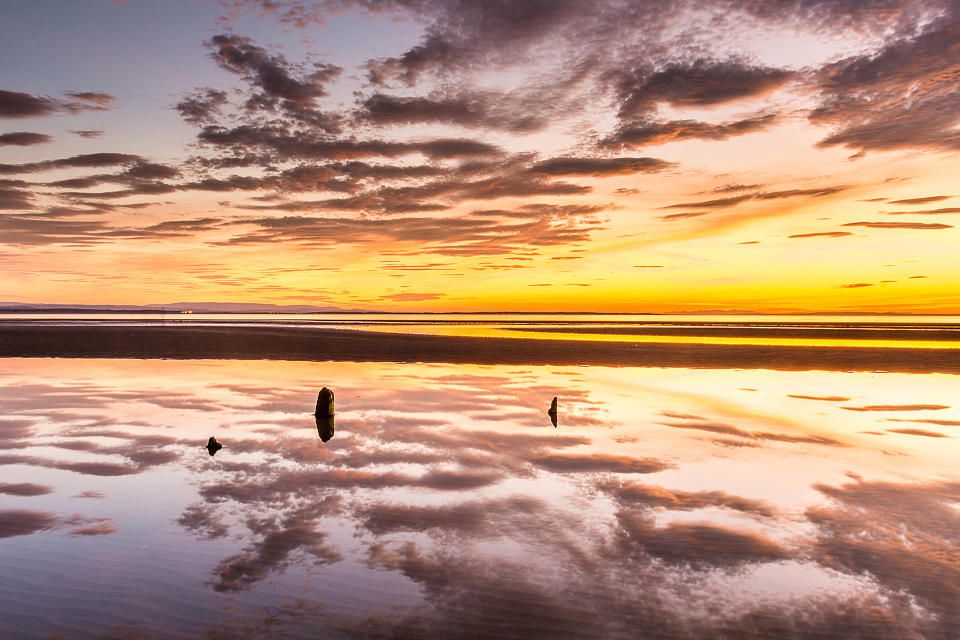
By its nature, landscape imagery is seasonally led, so how do you adapt your new style of photography to the seasons?
This is one of the joys of getting into the more intricate stuff because a lot of landscape photographers say they hate the summer because sunrise is too early, sunset is too late, the light’s too harsh. But when you’re out in the summer and you’re focusing more on the details and zooming in, it’s about embracing the seasons.
So, what color is there, what opportunities are there, and getting away from the planning and instead just thinking, ‘I’ve got a free morning, let’s go out with the camera’, and reacting to whatever’s there. It goes back to not going out with any preconceived ideas or expectations. That’s how I’m adapting to the seasons: let’s just go out and see what’s there and respond to the moment.
So, your approach is very reactive. Working this way, do you see any real need to explore beyond your own location?
I don’t. I’ve realized throughout my whole journey that it’s always been my local area that I felt most connected to and that I’ve produced my personal favourite images. They’ve never been when I’ve been travelling around the country. I’m lucky to live in a part of the world that’s got coast and woodlands, which are the environments that I’m most drawn to.
It comes back to that connection with your local area – if you love it, you have a deep connection to it, an emotional connection. If I was to go somewhere else now, I would want to ensure that I was there for at least one week, in a single spot, not travelling around, just to build up that connection before I created any images.
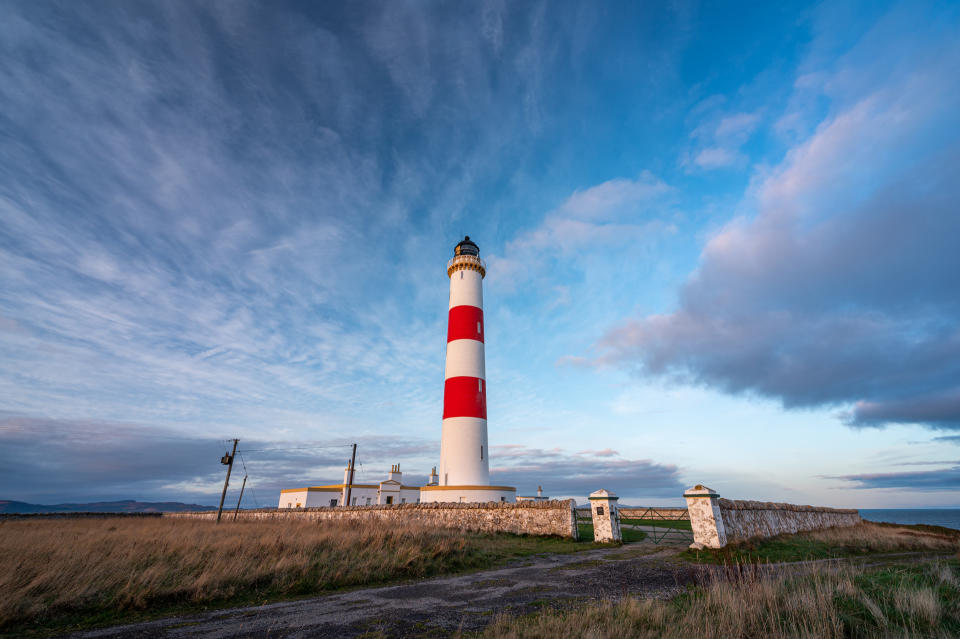
You have something of a personal connection with lighthouses, can you tell me why that is?
A few years ago, I started a project to travel around Scotland photographing all the lighthouses. And then, of course, the pandemic happened and we weren’t able to travel, and through that period I realized that my connection lay in my local area. Being brought up in Burghead, I used to sit on the beach and after the sun had set and watch Tarbat Ness lighthouse flashing back. It was always a beacon of hope for me. I still have a deep connection with lighthouses and I’ve always said that would be a lifelong project. At the moment, it’s on hold, but I’m sure I’ll pick that up again in the future.
When you discovered photography at the age of 16, did you harbour any ambitions then that this would be something that you’d devote your life to?
Not at all, although I knew from day one that I had a deep connection with photography. I felt like a creative child, I was very much interested in art and writing, but I never anticipated making this into anything that I would devote my life to. At that point, I was still at school and I was studying for my higher exams. When I was 18, I went to university and trained to be a nurse, and then I worked as a nurse until I was 24, so I guess I envisaged myself working as a nurse for my whole life. My backup plan was to go into psychology and become a therapist of sorts.
How did photography fit in?
Photography ran through everything and when I was stressed with my nursing job, on every day off that I wasn’t tired and on every holiday I had, I would be out with my camera. I’d be chasing the Northern Lights, I’d be travelling around, I’d be doing photography. I realized that I really wanted to be outside, but I never in a million years thought that I’d be self-employed and doing any of this. I’ve got no business experience, no family business experience, nothing. It all happened quite naturally. It was never my intention.
So, you found photography to be therapeutic when you started out. Is that still an important part of it for you?
A hundred percent. When I got into photography when I was watching those sunsets, I was severely depressed and anxious at the time, and they were the only thing that gave me hope for the future, and then photography gave me an outlet for my emotions. I noticed that when I was doing photography and connecting with the sunset that I forgot about everything else that was going on. It was like a release. It was always like that throughout my nursing career, it was like my de-stress time, out with my camera.
I’m realizing now that it’s in my photography vision for others: what can I do with my photography to help other people? That’s what I’m going back to now, it’s like this well-being, healthcare perspective is coming into my photography and I’m beginning to learn more about the therapeutic aspects of photography and art and nature.
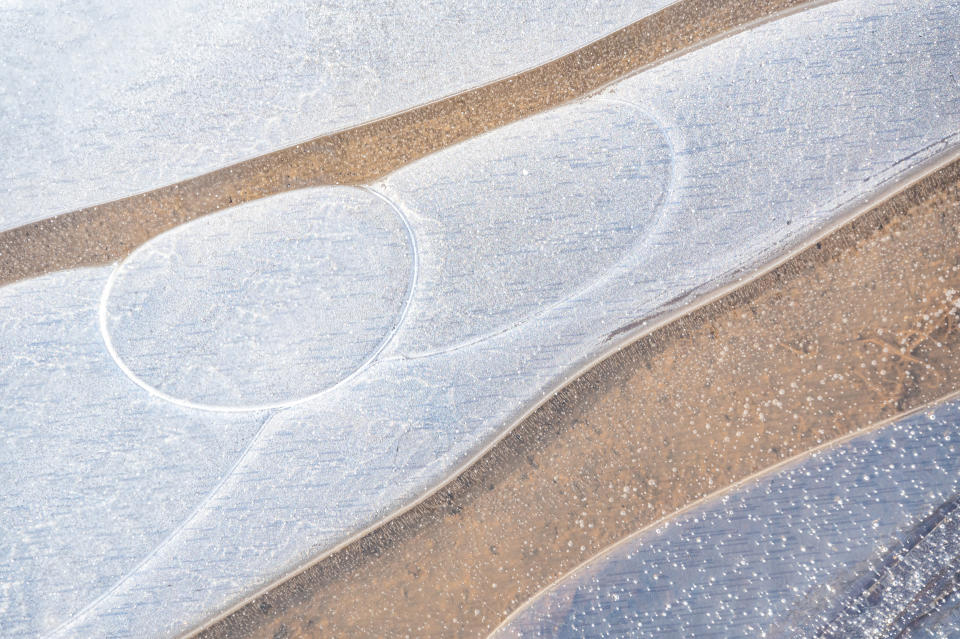
Your Visualising Scotland YouTube channel regularly gets more than 50,000 weekly viewers. Has that surprised you?
Yeah, but it’s not something I think about that much, to be honest. I think I was just fortunate to start at the right time. I began about six years ago and it was just another creative outlet for me. It began with me documenting my travels around Scotland, and then it evolved into a photography channel and I was known as the woman that travelled around Scotland doing photography.
When I began, there were hardly any Scottish people who were tuned into YouTube, and there were very few other females producing landscape photography. Thankfully there are a few more now. The great thing about YouTube is that you see people evolve over the years and change direction and go on to discover themselves, which is quite exciting.
You post regular videos on YouTube. Has it become easier to do them over the years?
It’s funny, the more you evolve, the more you do with your videos, so I don’t feel like my workflow is getting any quicker! I’m just learning how to make them a bit more professional and think more about how I do things. I try to produce a video every week and I release it every Sunday.
That’s quite a rate for 15 or 16 minutes of video!
YouTube is great because it’s where you find your audience and where you build that connection. People want inspiration every week, so if I can give them inspiration every week they can look forward to Sundays, and if they want someone else’s story I have a podcast every Monday. That’s my only routine in my work: one weekly video, one weekly podcast and everything else is fitted around it.
As a Nikon Creator, which Z-series cameras do you have?
I’ve got the Nikon Z7 II and I’ve got the Z6. I tend to film most of my video on the Z6 and do most of my photography on the Z7 II. Sometimes, I’ll swap around depending on how I’m filming and what lenses are where, but 90 percent of the time the Z7 II is what I do my photography on.
What is it that makes the Z 6 better for shooting video?
I think it’s because the Z7 II is a more advanced camera and I prefer to use that for the photography. There are a few extra things that it does and there are a few things that they’ve rectified in the second model. It’s the higher quality one that I use for the photography and the video can be filmed easily on the Z6 because I don’t have to think too much about that and how it’s set up.
When you go out on a shoot, do you take all your kit with you?
I take both cameras with me but it depends what I’m doing, where I’m going and how I’m getting there. I’ll always have my 24-200mm lens on my filming camera, and then sometimes if I’m envisaging just doing macro, I’ll just take my macro lens, but because I have the 24-200mm with me, and if something else appears, it means I can photograph it.
Do you often set out with your longer lenses on your shoots?
In terms of taking my big 100-400mm telephoto, if I’m walking far I won’t take it because it’s so heavy, but if I’m driving to the coast then I’ll usually have it with me because if there’s vast expanses I can just zoom in. Also, for wildlife photography it will always be with me because it’s my longest focal length.
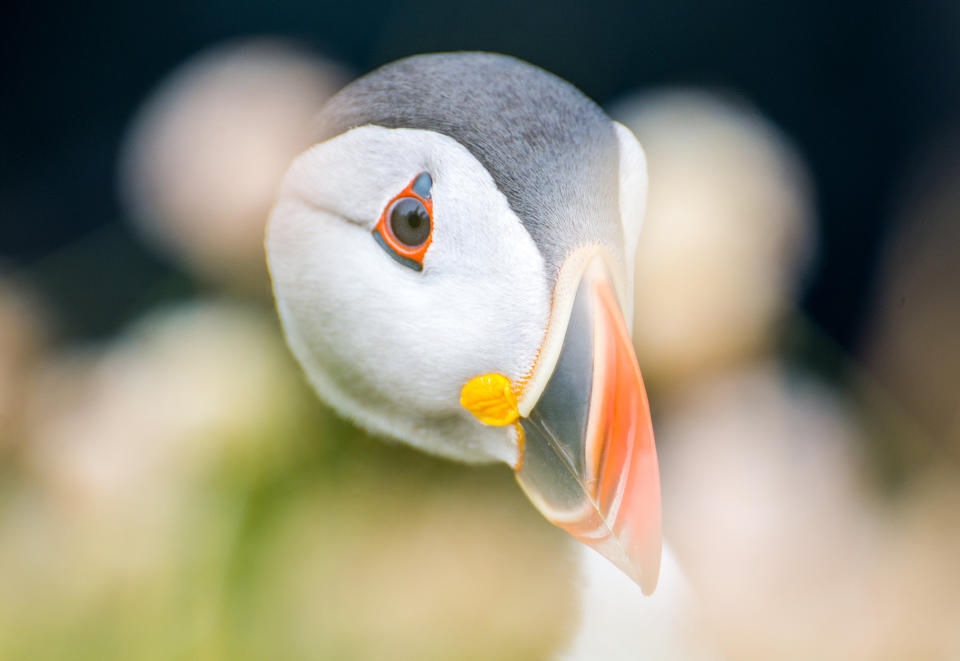
Yes, you take wildlife images too. How did that interest develop?
I’ve always been interested in everything outdoors, so I began with landscapes and then dabbled with astro because up here is so good for the Northern Lights. Then I began going to a few hides around Scotland and photographing red squirrels and pine martens. This was a couple of years after getting into photography, but now the only wildlife photography I do is in the summer. I love going to the coast for the seabirds. When the traditional photography doesn’t work in the summer, photographing seabirds is an amazing alternative.
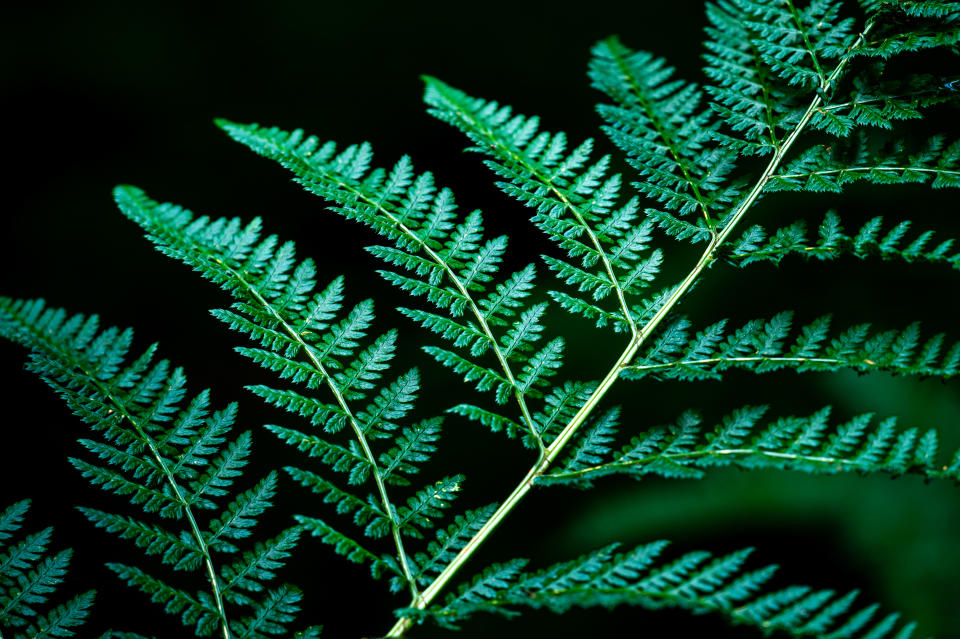
With autumn coming, are you excited about going to woodlands to see what you discover there?
I can walk to the woodland from my house, which I’ve never been able to do before. I’m really looking forward to that, just going out and seeing what happens and what I can find. It’s a beautiful time of year.
You’re a great believer in shooting locally. Is that a message you’re trying to get across to your viewers and followers?
What I speak about with people is realizing that there are photographic opportunities everywhere.
What’s the single best piece of advice you’d give to someone at 16, who wants to be a photographer?
Photograph what you feel drawn to and don’t get overwhelmed with the technicalities. If you’re picking up photography at a young age, there’s a reason for it. I started as it was an emotional release, I saw beauty and wanted to connect with it.
This interview first appeared in N-Photo magazine. Scarlet is a headline speaker at The Photography & Video Show. You can find out about his talks at the Show website, and you can get 20% off tickets with our exclusive discount code.
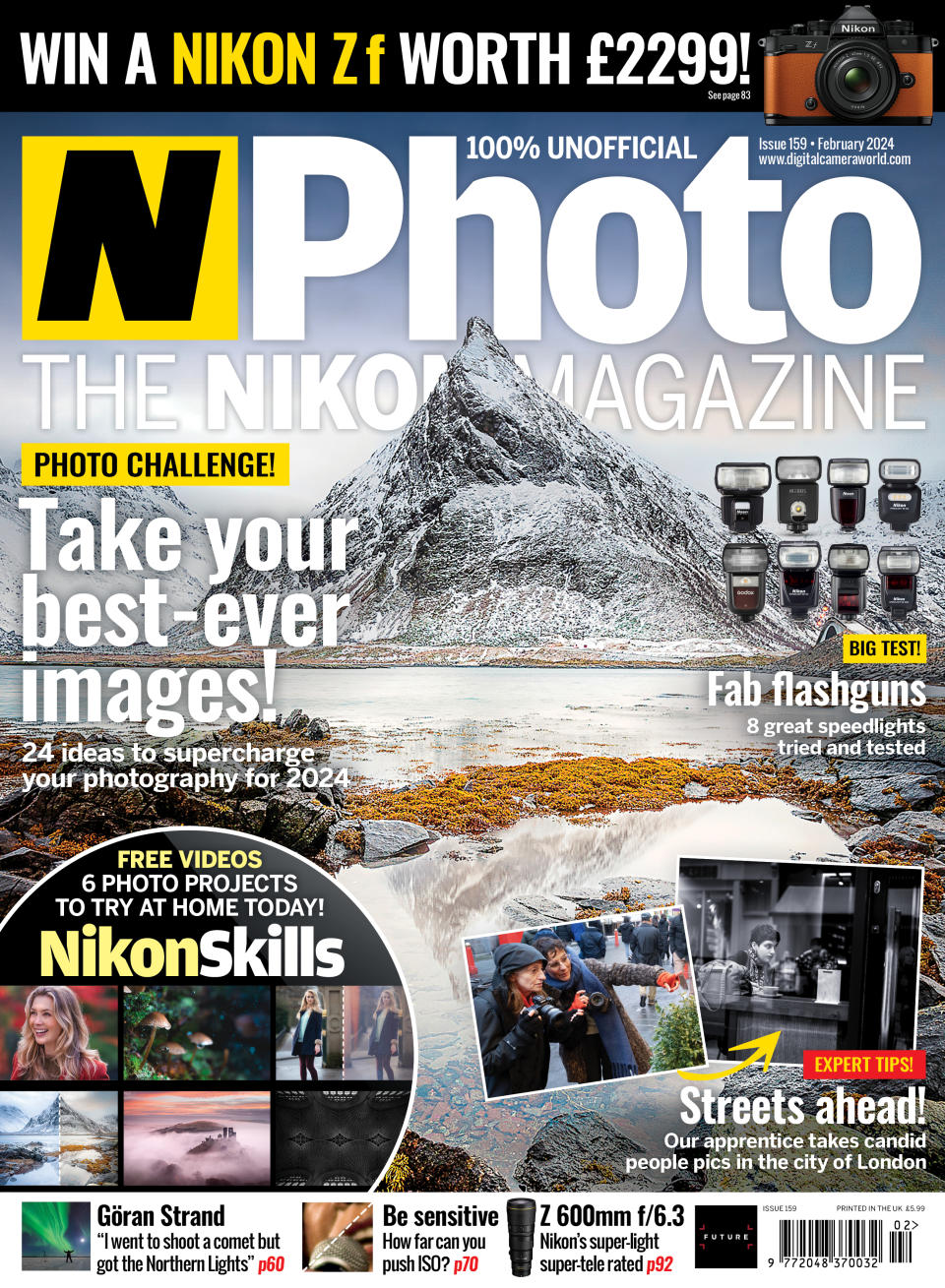
N-Photo: The Nikon Magazine is a monthly magazine that's written by Nikon enthusiasts for Nikon enthusiasts, you can be sure that all the content is 100% relevant to you! So for the best Nikon-focused news, reviews, projects and a whole lot more, subscribe to N-Photo today – with our unmissable sub deal!
Check out our latest subscription offer!View Deal
You might be interested in the best Nikon cameras along with the best Nikon lenses – and particularly the best Nikon Z lenses designed for its mirrorless cameras.

